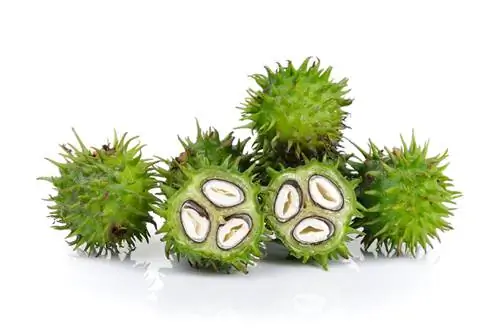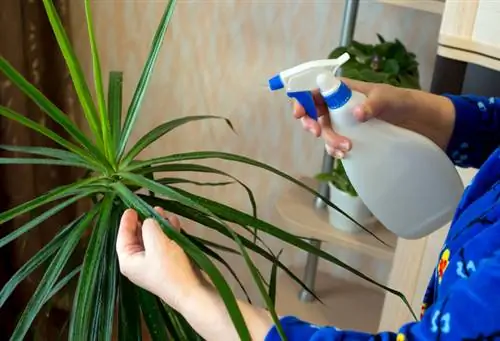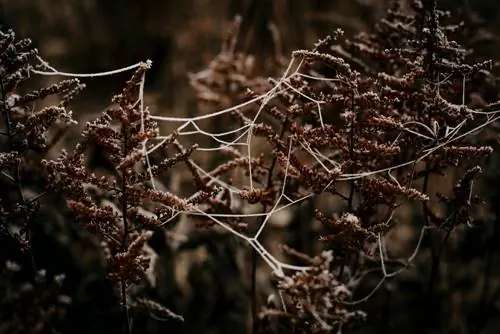- Author admin [email protected].
- Public 2023-12-16 16:46.
- Last modified 2025-01-23 11:20.
The castor bean, also known as the miracle tree, may not perform miracles, but it is still worth mentioning. It is known both as an ornamental plant in local gardens and as a medicinal plant. What about its toxicity?

Is the castor bean plant poisonous?
The castor bean plant is poisonous, especially its seeds, which contain the highly toxic protein ricin. Symptoms of poisoning may include mucous membrane irritation, kidney damage, liver damage, nausea, vomiting, bloody diarrhea, cramps and gastrointestinal pain within 48 hours. There is no antidote.
Highly toxic plant
The castor bean seeds (a spurge plant) are particularly impressive. It is the active ingredient called ricin - a protein that causes red blood cells to clump together. Even one seed consumed can lead to death. There is no antidote.
The following symptoms of poisoning can occur in both people and animals after consuming the seeds of overwintered castor bean - within 48 hours:
- Mucosal irritations
- Kidney damage
- Liver Damage
- Nausea
- Vomiting
- bloody diarrhea
- Cramps
- Gastrointestinal pain
Tip
If you have planted the castor bean and are afraid for your pets or children, you should remove the old inflorescences before the fruits with the poisonous seeds can develop.






